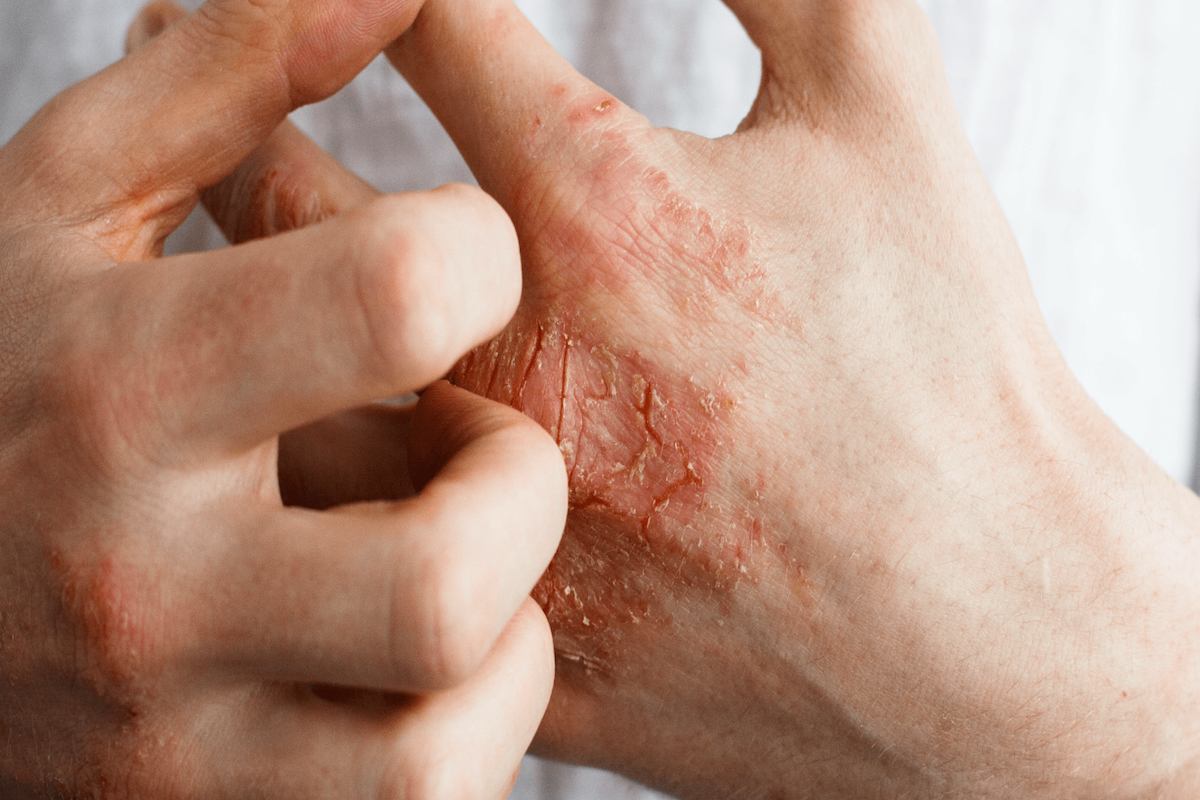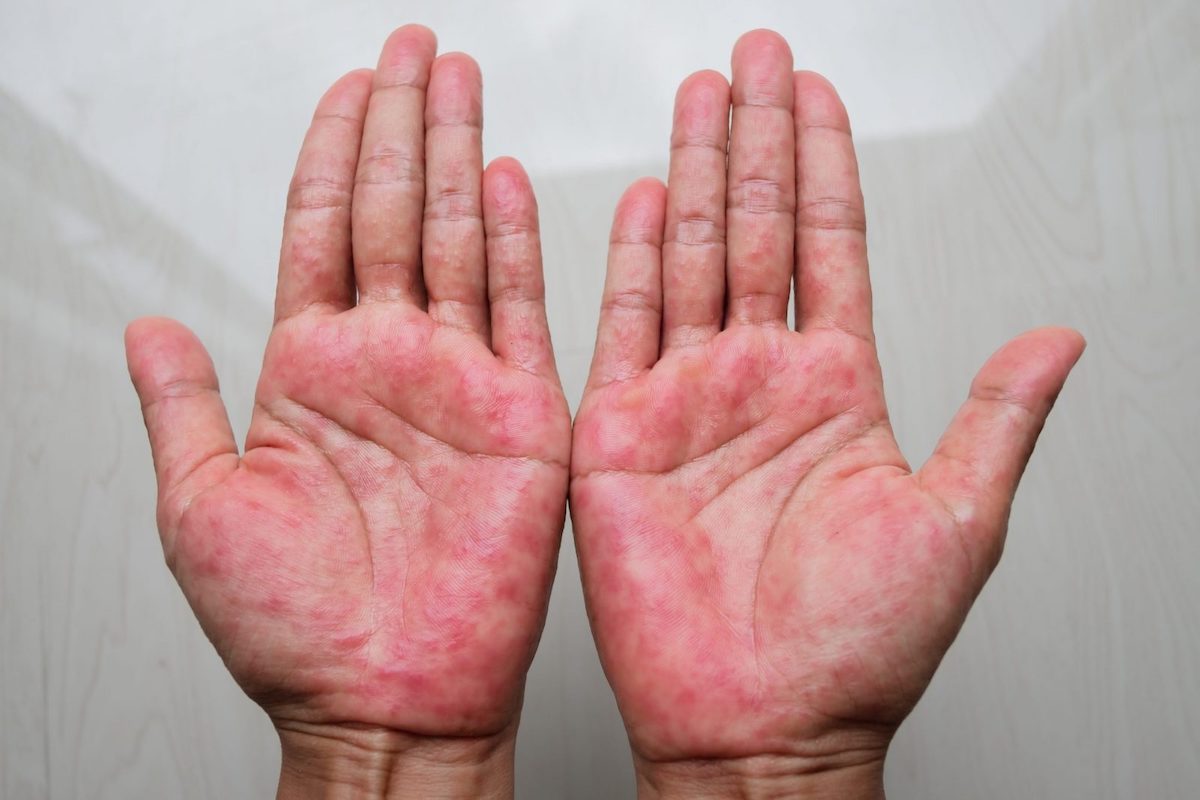Atopic dermatitis is a chronic skin condition that affects millions of people worldwide. It is a form of eczema that causes dry, itchy, and inflamed skin, which can be uncomfortable and distressing for those who suffer from it. The condition can be chronic, with symptoms that come and go over time, or acute, with symptoms that are severe and persistent. Atopic dermatitis can affect people of all ages, but it is most commonly diagnosed in children. It is estimated that up to 20% of children and 1-3% of adults in developed countries are affected by atopic dermatitis.

The exact cause of atopic dermatitis is unknown, but it is believed to be the result of a combination of genetic and environmental factors. Research has shown that people with a family history of atopic dermatitis, allergies, or asthma are more likely to develop the condition. Additionally, environmental factors such as exposure to certain allergens or irritants can trigger or worsen symptoms.
Atopic dermatitis is also believed to be related to a dysfunction of the skin barrier. In healthy skin, the outermost layer, called the stratum corneum, acts as a barrier to protect against environmental stressors such as bacteria, allergens, and pollutants. In people with atopic dermatitis, the skin barrier is weakened, allowing irritants and allergens to penetrate the skin and trigger an immune response. This leads to inflammation, itching, and other symptoms of atopic dermatitis.
The symptoms of atopic dermatitis can be uncomfortable and can significantly affect a person’s quality of life. While there is no cure for atopic dermatitis, there are several treatment options available to manage symptoms and improve quality of life.
Looking for symptoms and the best treatment options? Continue reading on the next page, to make life more comfortable with atopic dermatitis.

